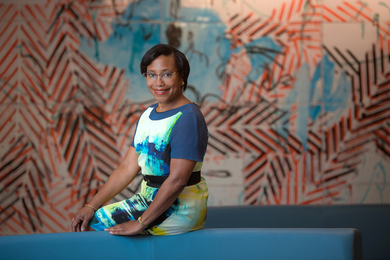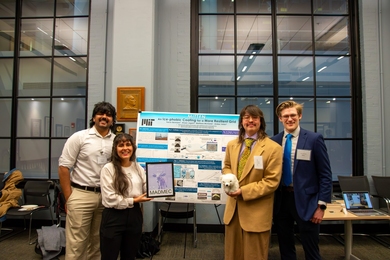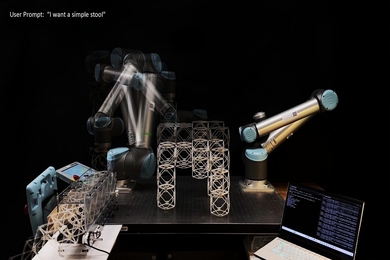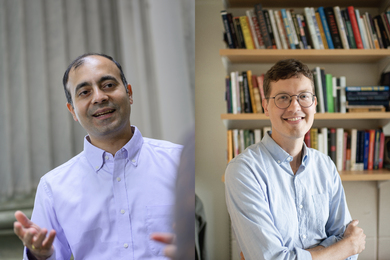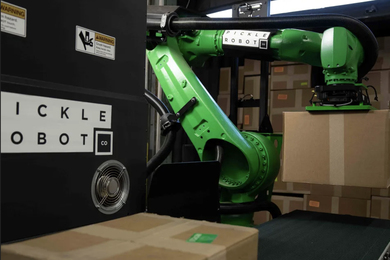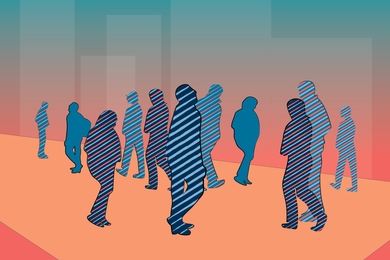Thinking small may help solve one of the world's biggest problems -- the need for alternative energy sources -- according to scientists attending the first Energy Nanotechnology International Conference held June 26-28 at MIT.
"Energy is one of the greatest challenges of the century," Claude Canizares, MIT's Bruno Rossi Professor of Physics, told attendees of the conference produced by the American Society of Mechanical Engineers' (ASME's) Nanotechnology Institute. "We need significant breakthroughs in science and technology. The promise of nanotechnology provides fertile ground for such breakthroughs."
Nanotechnology's potential impact on solar energy in particular was addressed at the conference.
"I think we'll see the peaking of oil and natural gas sooner than most of those in the fossil fuel industry think," said David Carlson, chief scientist at BP Solar. "By 2035 photovoltaics could produce about 10 percent of the world's electricity and play a major role in reducing carbon dioxide emissions."
Photovoltaics is the technical term for generating electricity from light.
MIT's Vladimir Bulovic said that nanotechnologies such as nanodots and nanorods are potentially "disruptive" technologies in the solar field. That means they could cause a major switch in a primary energy source, potentially proving more efficient than the silicon used in most solar energy devices today. Bulovic is fabricating quantum dot photovoltaics using a microcontact printing process.
"If 2 percent of the continental United States were covered with photovoltaic systems with a net efficiency of 10 percent, we would be able to supply all the U.S. energy needs," said Bulovic, the KDD Associate Professor of Communications and Technology in MIT's Department of Electrical Engineering and Computer Science.
The technical conference included invited and contributed presentations from academia and industry. Among the speakers were Michael Graetzel, professor at the ��cole Polytechnique F̩d̩rale de Lausanne in Switzerland, and MIT Institute Professor Mildred Dresselhaus.
Dresselhaus gave a talk titled "Addressing Grand Energy Challenges Through Advanced Materials."
Other talks centered on nanowire-based dye-sensitized solar cells, heat transfer enhancement in nanofluids, hydrogen storage and electrochemical conversion and storage.
"With this conference we want to put into the scientific area what nanotechnology can do for large-scale energy applications," said Gang Chen, conference chair and a professor in the Department of Mechanical Engineering.
Manuscripts submitted to the conference will be published in a future issue of the ASME Journal of Heat Transfer.
